Unveiling the Duel of Laser Wavelengths 905nm vs. 1535nm
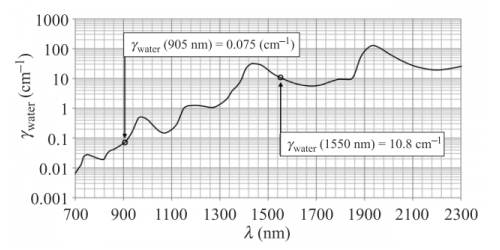
- [Introduction]
- [Evaluating Laser Wavelengths]
- [Trade-offs to consider]
- [905nm vs 1535nm wavlength comparison table]
- [Market adoptions]
- [What we can expect in the future?]
- [References]
Introduction
In the world of laser technology, a thrilling
duel is underway as two formidable contenders, 905nm and 1535nm laser
wavelengths, vie for supremacy. This captivating showdown is not about
crowning a winner, but rather about unraveling the vast potential that
lies within each wavelength. As we embark on this exploration, we delve
into their distinct strengths, advantages, and applications.Concluding which wavelength is the best for a laser range finder is not the main purpose of this article since there are many uncertain factors to be considered, which will not be covered here. However, this article serves as a quick and easy-to-understand guide for learning more about the trends of 905nm and 1535nm lasers.
Evaluating
Laser Wavelengths:
Wavelength plays a pivotal role in laser range finder modules, impacting their performance and capabilities. Lasers operate within different wavelength ranges, including ultraviolet, visible light, and infrared. In the context of range finding, we focus on the 905nm and 1535nm wavelengths. Both wavelengths have distinct features that warrant careful consideration.
- 905nm
905nm NIR laser operates with semiconductor laser diode technology and falls within the range that silicon detectors can effectively detect, which is well-established, mature, and cost-effective.
- 1535nm
1535nm laser exhibits strong atmospheric penetration ability, enabling long range distance measurements in clear conditions.
Trade-offs
to consider:
1. Atmospheric penetration ability
While 1535nm experiences lower atmospheric absorption and scattering compared to 905nm wavelength, allowing long range measurement, it is crucial to consider its potential limitations. For instance, 1535nm lasers may have reduced performance in rainy or snowy weather conditions, since it is highly absorped by water. Besides that, target reflectivity should also be taken into account when the surface is wet.
According
to Fig 1. below, we could observe that the absorption coefficient of
water at 1535nm is approximately 253x
times higher than 905m wavelength. We can
easily say that 905nm wavelength is more weather-proof than
1535nm wavelength.
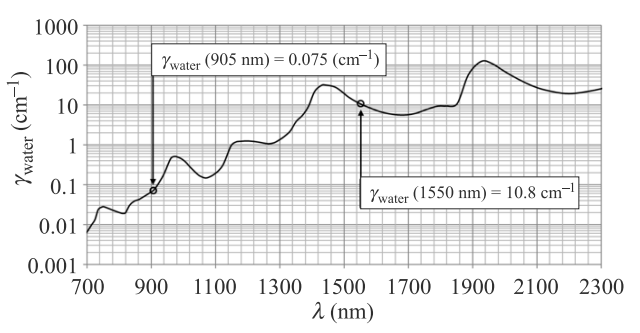
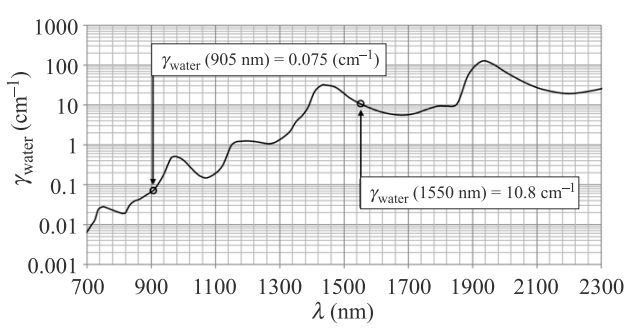 Fig
1. Water's extinction varies at different wavelengths [1]
Fig
1. Water's extinction varies at different wavelengths [1]
How does the industry overcome degradation in such critical environments?
- Signal
Denoising Algorithm:
- Efficient Lidar Signal Denoising Algorithm Using Variational Mode Decomposition Combined with a Whale Optimization Algorithm link: https://www.mdpi.com/2072-4292/11/2/126
- CNN-based Lidar Point Cloud De-Noising in Adverse Weather link : https://arxiv.org/abs/1912.03874
- Increase laser power output Higher power increases the light intensity of the laser beam, making it more resilient, maintaining a stronger and clearer signal even in challenging weather condition. However, it's important to note that there will be practical limitations while increasing the power output of the laser. Higher power consumption generates more heat, which may necessitate better cooling mechanisms to prevent performance degradation and ensure the laser's long-term reliability.
2. Supply chain maturity
The implementation of 1535nm lasers often involves more complex technology, which can impact cost, size, and the maturity of the supply chain. Efficient heat dissipation also becomes crucial due to the higher power consumption of 1535nm lasers.
Photodiodes that are commonly used for 905nm and 1535nm lasers
InGaAs vs Si
| Compound | Pros | Cons |
|---|---|---|
| InGaAs | Low dark current | High fabrication cost |
| High sensitivity (900-1700 nm) | ||
| Si | Cost-effective | reduced sensitivity range (below 1100nm) |
| Large production |
Silicon photodiodes exhibit lower sensitivity to the 1535nm wavelength due to their relatively high band gap energy of 1.1eV. However, this limitation can be overcome by
- Si photodiode hyperdoping (band gap engineering) doping Si with Selenium will effectively lowers the band gap energy of silicon and allowing the photodiode to detect 1535nm wavelength laser. (still in development stage and not easily found on market)
other SWIR sensors under development: InP, PbS, GeS
sensor
technology maturity
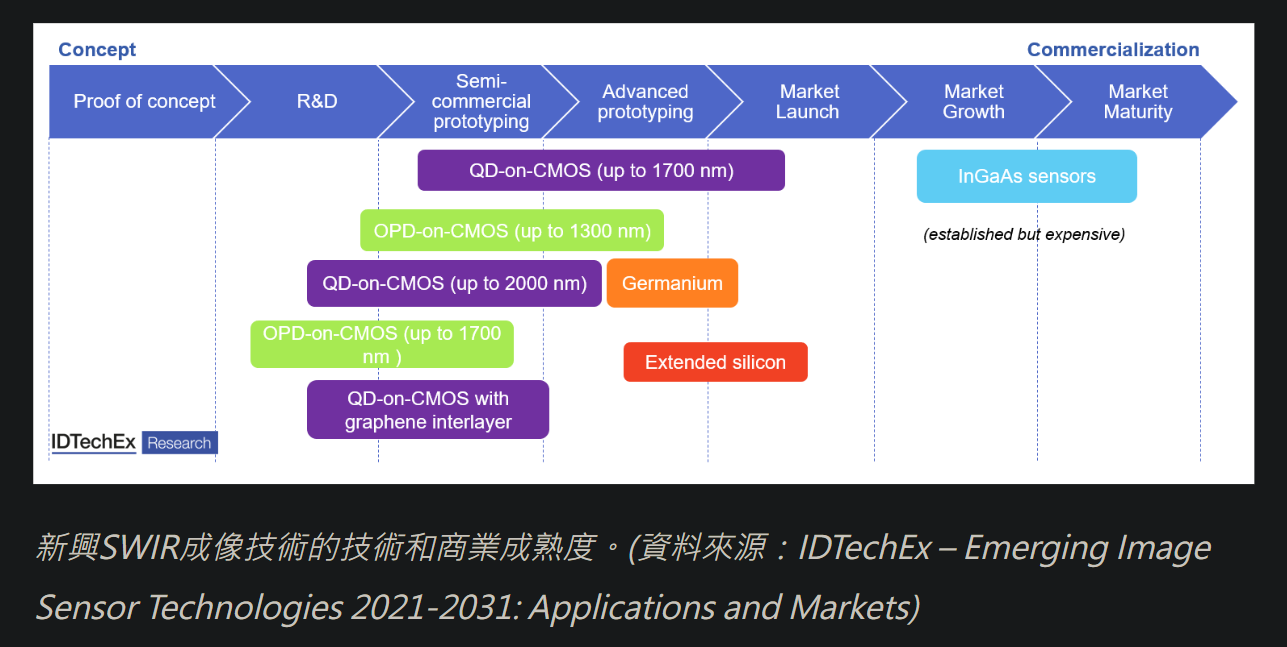
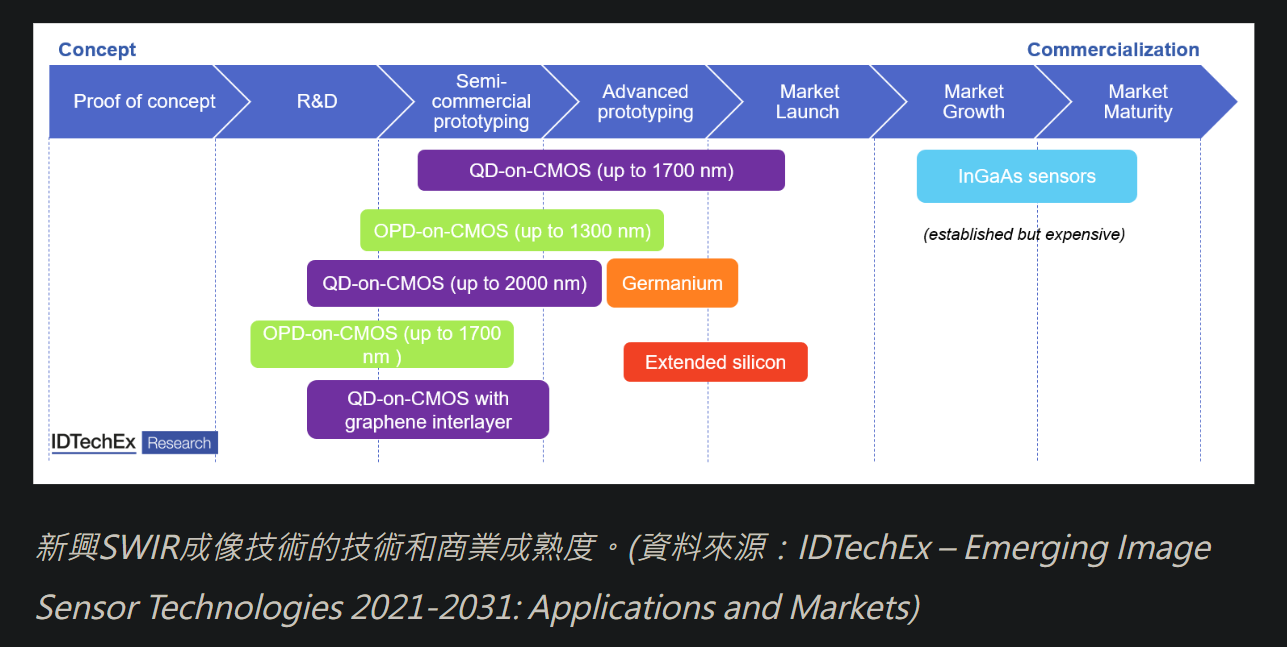
3. Eye Safety Considerations
When
selecting the appropriate wavelength for a laser module, it is
essential to consider the potential effects on human eye safety. Based
on studies, the 905nm wavelength falls within the "Retinal
hazard region," making it less safety for the human eye.
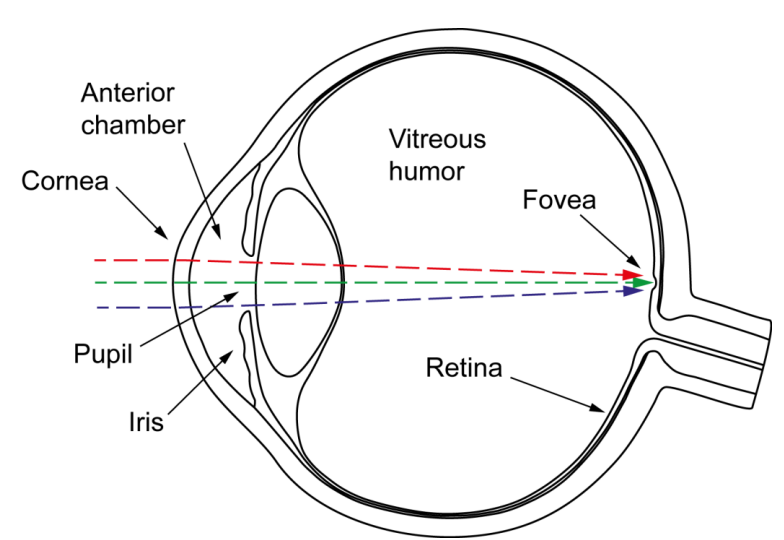
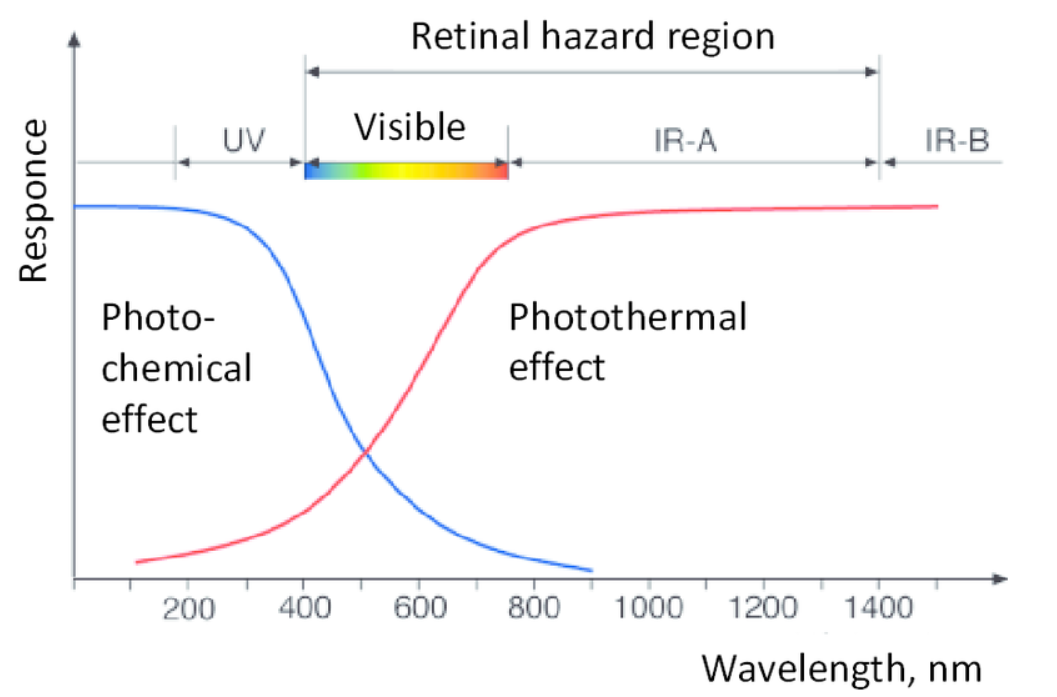
905nm laser could penetrate human eye and causes high energy to be focused on retina, leading to irriversible retinal damage. In contrast, the 1535nm wavelength can be superficially absorbed by the cornea before reaching the retina, significantly reducing the potential for damage and making it a safer option. This absorption is due the presence of water content in the cornea's epithelium and endothelium layer.
| Type of Damage | Cause | Wavelengths |
|---|---|---|
| Photothermal | Absorption of light energy by the irradiated material, resulting in a rise in temperature and breaking of chemical bonds | Visible and infrared light |
| Photochemical | Interaction of light energy with the molecules or atoms of the irradiated material, resulting in the formation of free radicals or reactive oxygen species that can damage the cells or tissues | Ultraviolet and visible light, especially in the high-energy blue light region |
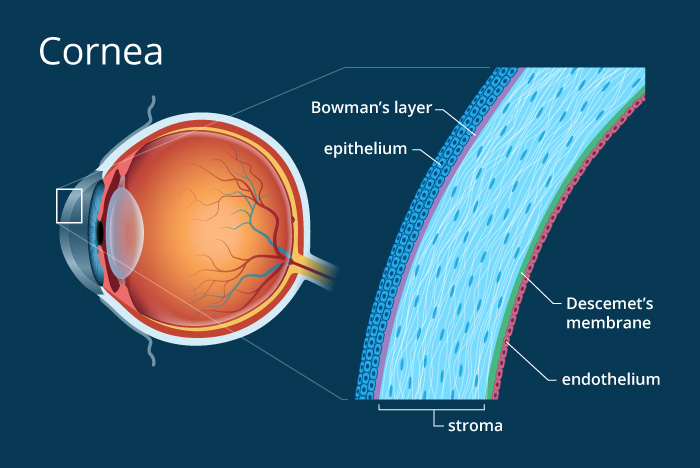
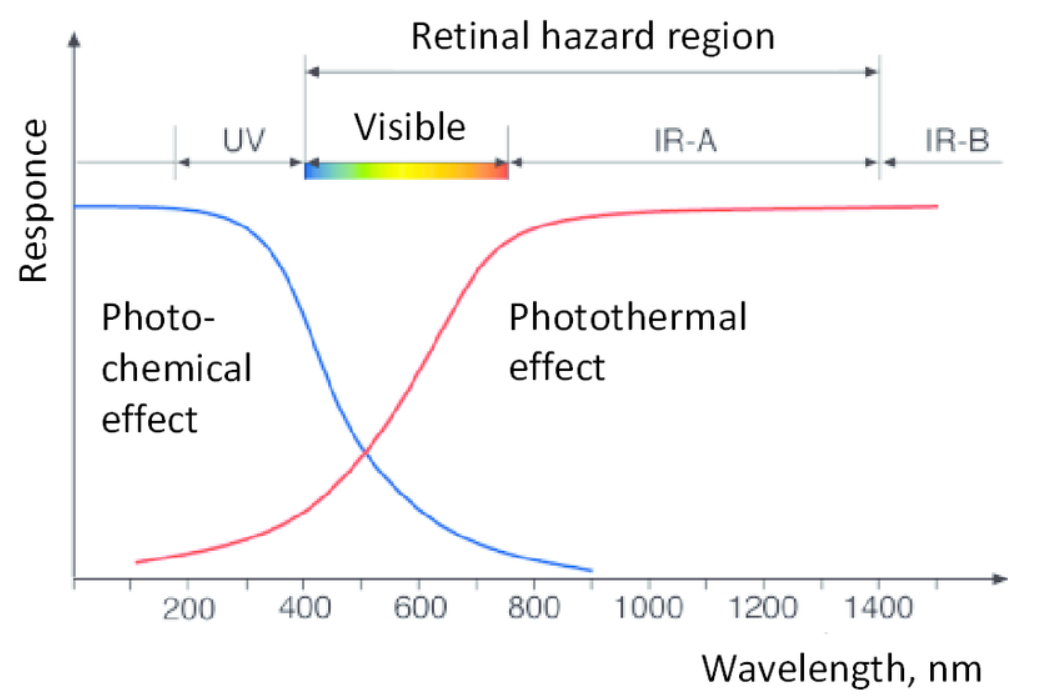
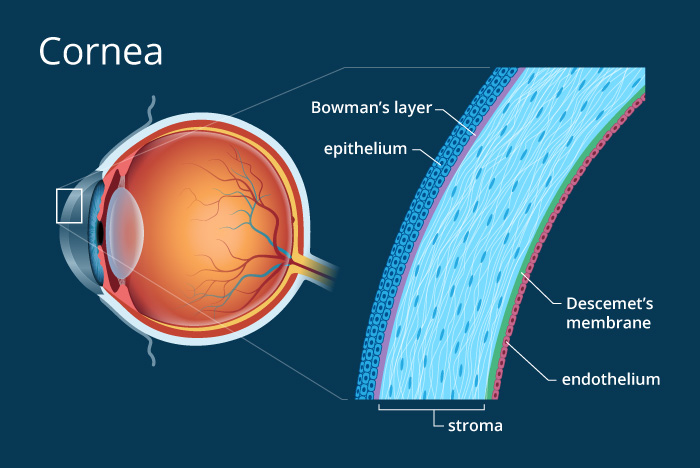

WARNING! : while the cornea can tolerate some level of direct laser exposure (1400nm - 1000000nm), prolonged or intense exposure might lead to thermal damage to the corneal tissues. It is important to adhere to safety guidelines.
some sources below that might be useful:
Review of exposure limits and experimental data for corneal and lenticular damage from short pulsed UV and IR laser radiation: https://lurl.cc/ovFfeG
Automotive Lidar: Safety questions raised about 1550 nm lidar: https://www.laserfocusworld.com/blogs/article/14040682/safety-questions-raised-about-1550-nm-lidar
Laser Eye Safety Research at APL: https://secwww.jhuapl.edu/techdigest/content/techdigest/pdf/V26-N01/26-01-McCally.pdf
4. Ambient light interference The Sun emits a broad spectrum of light, including visible, ultraviolet, and infrared wavelengths. However, it is observed that the solar radiation at around 1500nm is relatively weaker compared to other parts of the spectrum, especially the visible light range (400nm-700nm). This characteristic reduces the likelihood of interference from sunlight, resulting in improved Signal-to-Noise Ratio (SNR) for certain applications like LiDAR (Light Detection and Ranging).
SNR inidcates a measure
of the strength of the reflected signal (in this case, the laser pulse)
relative to the background noise. A high SNR means that the signal is
strong and clear, while a low SNR means that the signal is weak and
difficult to distinguish from the noise.
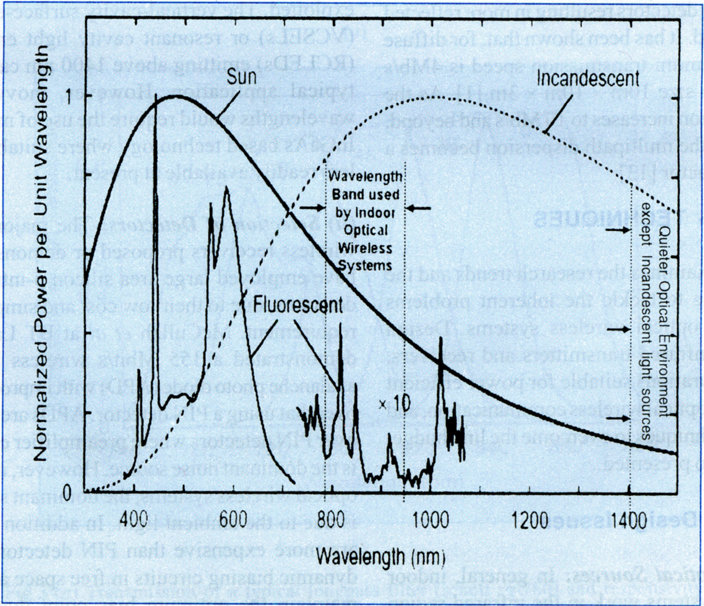
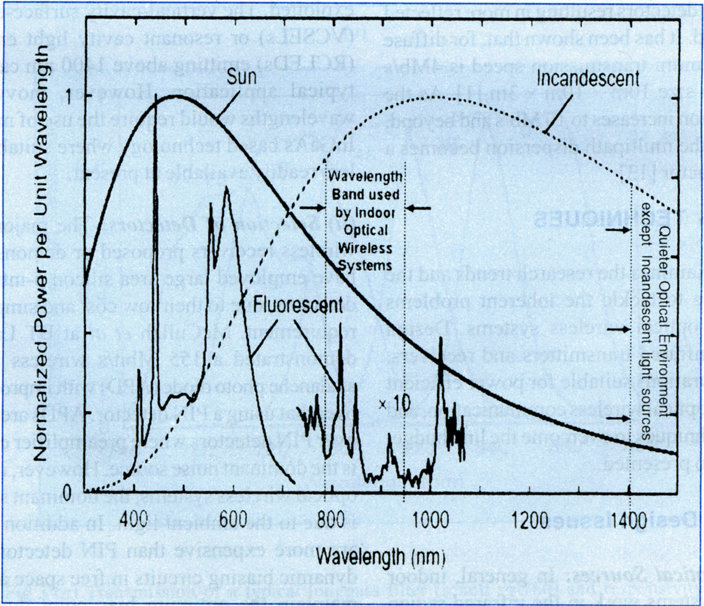 Ambient
light sources from environment
Ambient
light sources from environment
905nm vs 1535nm wavlength comparison table:
| Feature | 905nm | 1535nm |
|---|---|---|
| Eye Safety | Less safe | More safe |
| Detection Range | Longer within its wavelength range | Extended due to higher power |
| Atmospheric Penetration | Weaker | Stronger |
| Performance in Rainy/Snowy Conditions | Better | Worse |
| Cost, Size, and Supply Chain Maturity | More mature and cost-effective | Less mature and more expensive |
Market adoptions
- Apple SWIR application https://www.patentlyapple.com/2022/07/details-behind-apples-skin-detect-sensor-introduced-with-their-3rd-gen-airpods-has-been-revealed-in-new-patent.html
- Safety
LiDAR driving when driver is in critical conditions.
- critical conditions such as : driver losing conciousness, panic, driving incovenient
- Multiple wavelength LiDAR system
- earth-science surface discovering
What we can expect in the future?
- Energy efficient and low cost 1535 implementations
- More cutting edge denoising algorithms
- 1350nm laser application
Conclusion: When selecting the appropriate wavelength for a laser range finder module, a careful evaluation of the advantages and disadvantages of 905nm and 1535nm is essential. The choice ultimately depends on the specific requirements of the application and the desired trade-offs. While 905nm lasers offer compatibility with silicon detectors and longer detection ranges, 1535nm lasers provide improved eye safety, superior atmospheric penetration, and extended measurement abilities. By considering these factors, designers can optimize laser range finder modules for their intended purposes, ensuring accurate and reliable range measurements in a variety of scenarios
References:
- Löfgren, Stefan & Thaung, Jörgen & Lopes, Cesar. (2013). Laser pointers and eye injuries. An analysis of reported cases.
- Wojtanowski, J., Zygmunt, M., Kaszczuk, M., Mierczyk, Z., & Muzal, M. (2014). Comparison of 905 nm and 1550 nm semiconductor laser rangefinders’ performance deterioration due to adverse environmental conditions. Opto-electronics Review, 22(3). https://doi.org/10.2478/s11772-014-0190-2
- Singh, C., John, J., Singh, Y., & Tripathi, K. N. (2004). Indoor Optical Wireless Systems: Design Challenges, Mitigating Techniques and future Prospects. IETE Technical Review. https://doi.org/10.1080/02564602.2004.11417136
- D. Jain, S. Alam, Y. Jung, P. Barua, M. N. Velazquez, and J. K. Sahu, "Highly efficient Yb-free Er-La-Al doped ultra-low NA large mode area single-trench fiber laser," Opt. Express 23, 28282-28287 (2015)
- Mccally, Russell & Bargeron, C. & Bonney-Ray, Jennifer & Green, W.. (2005). Laser eye safety research at APL. Johns Hopkins APL Technical Digest (Applied Physics Laboratory). 26.

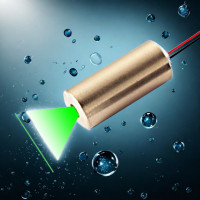
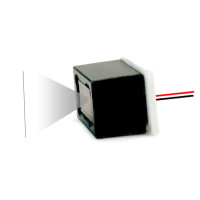
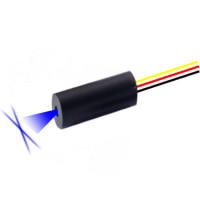
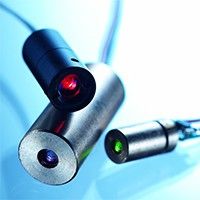
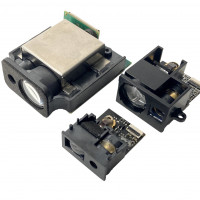
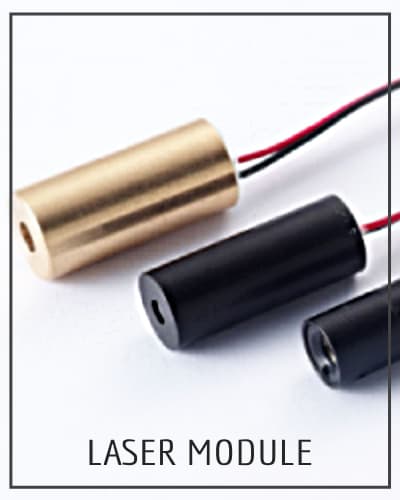
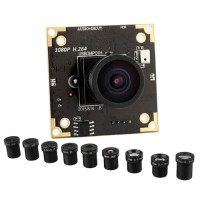
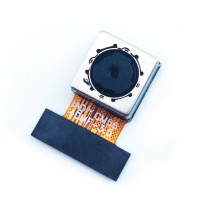
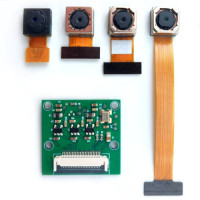
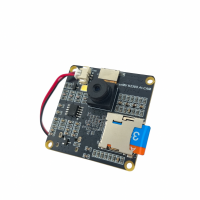
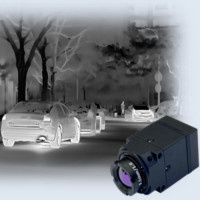
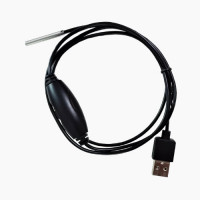
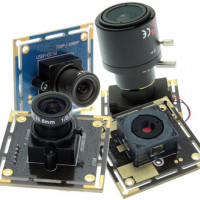
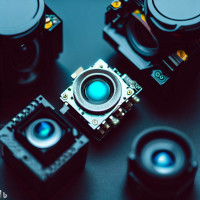
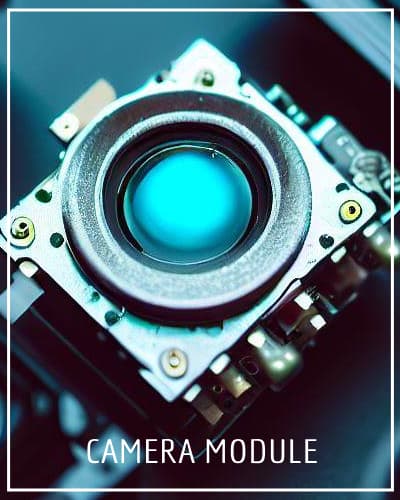
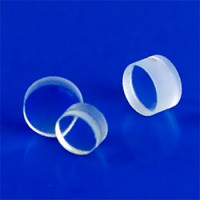
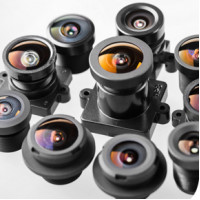
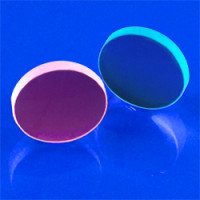
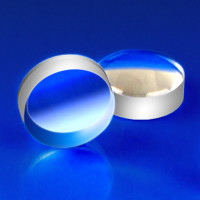
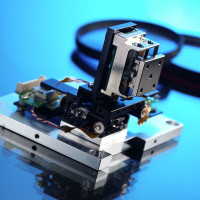
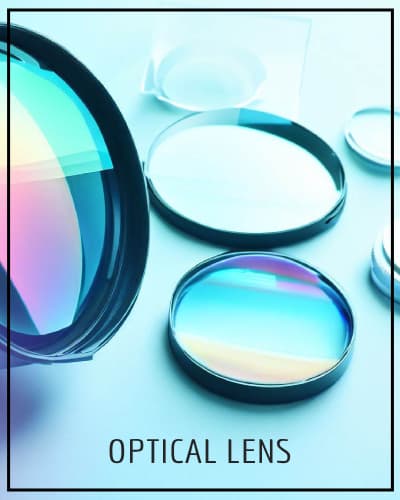
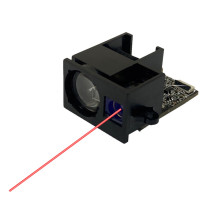
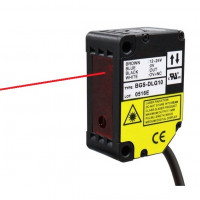
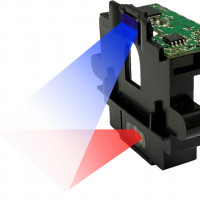
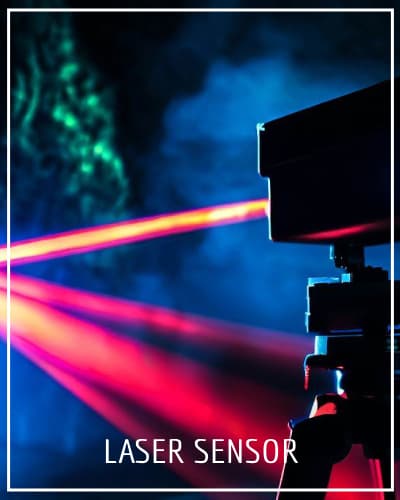
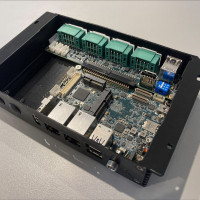
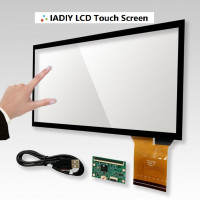
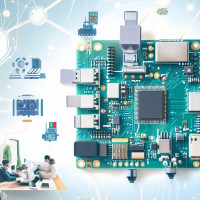

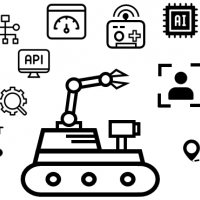

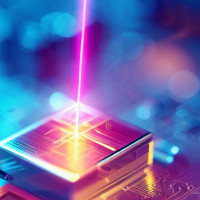
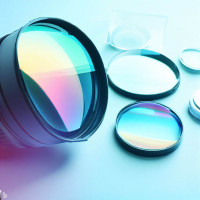
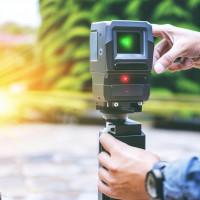
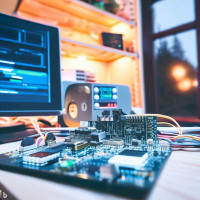
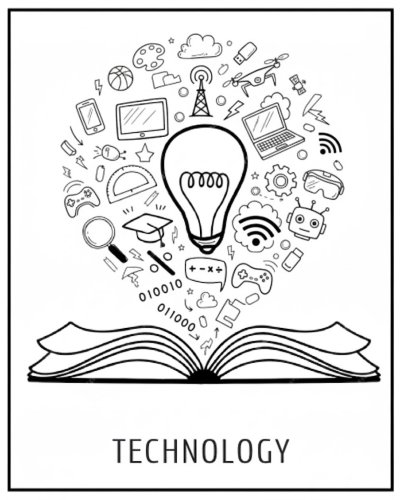


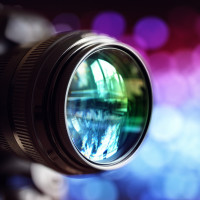
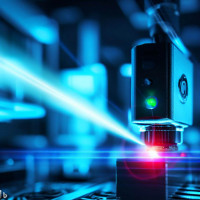
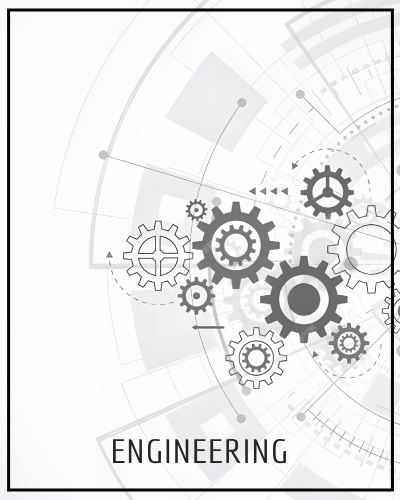
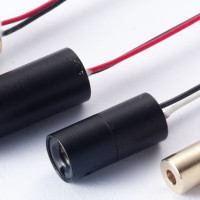
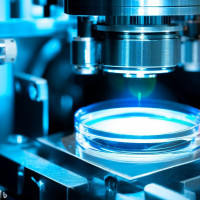
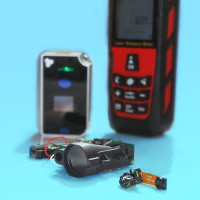
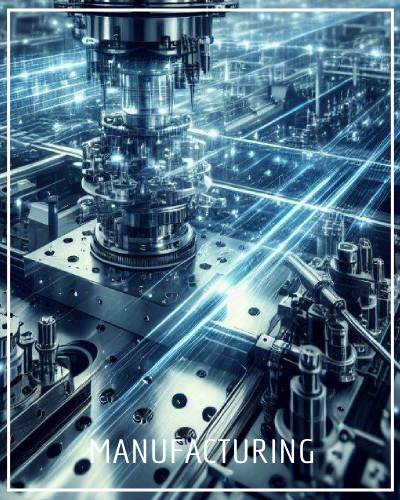

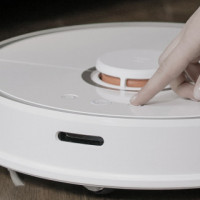
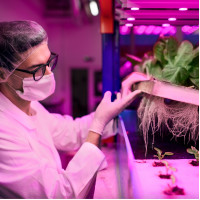


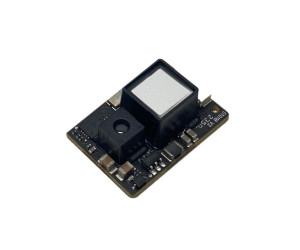
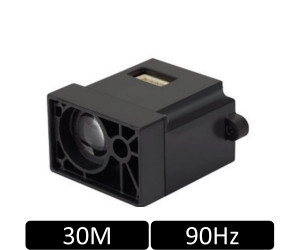
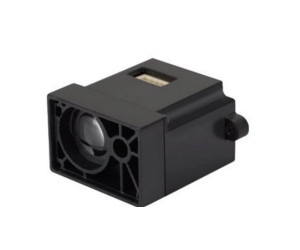
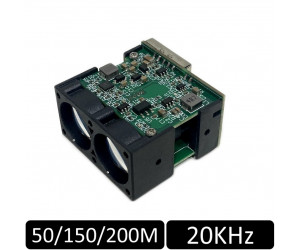
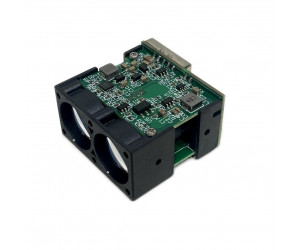
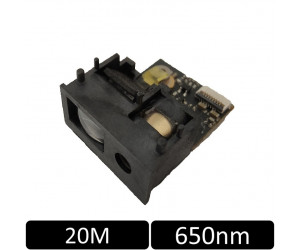
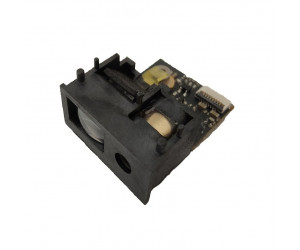
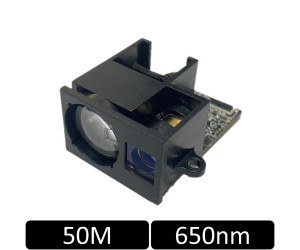
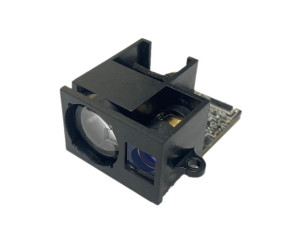
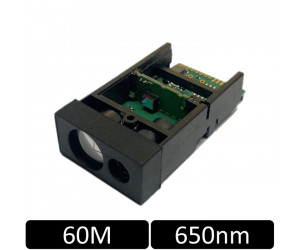
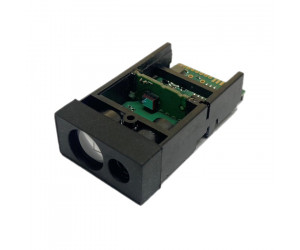
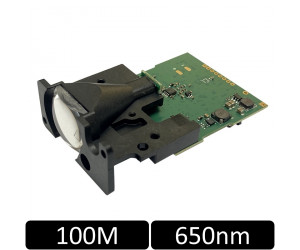
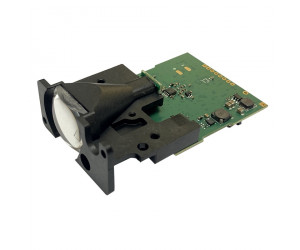
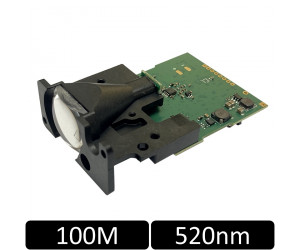
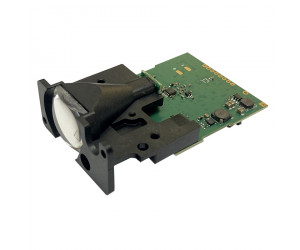
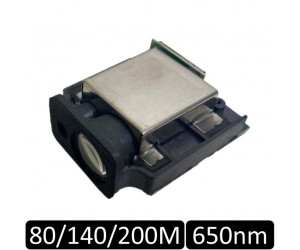
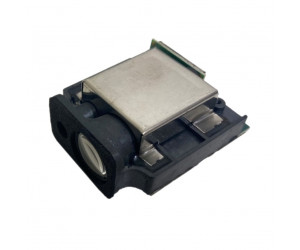
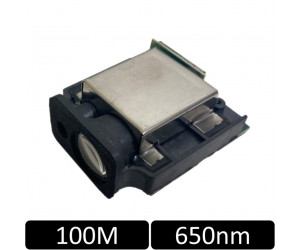
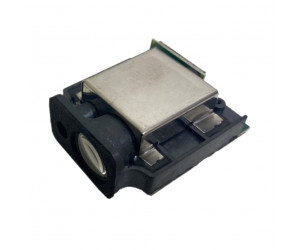
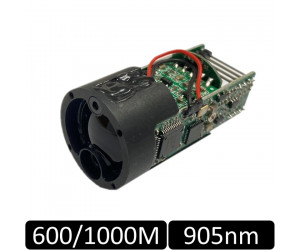
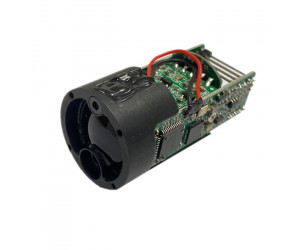
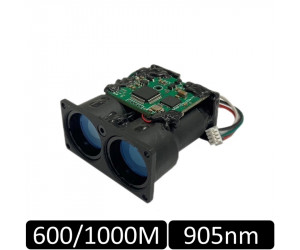
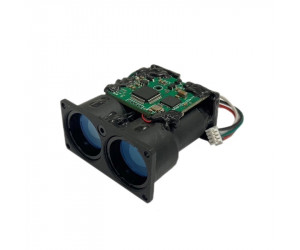
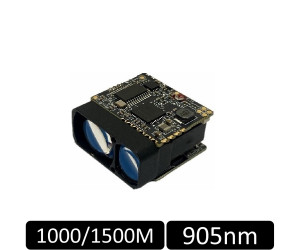
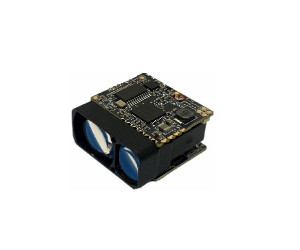
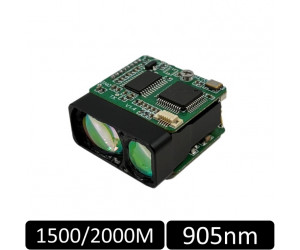
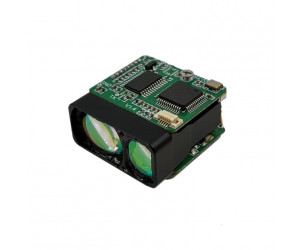
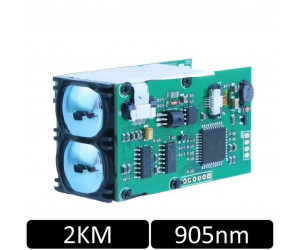
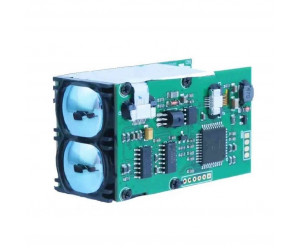
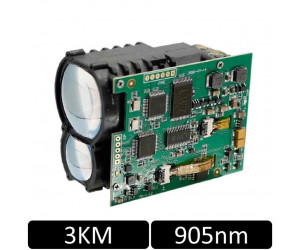
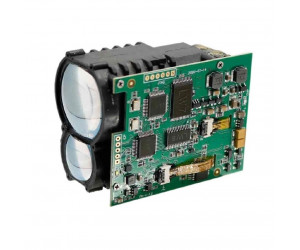
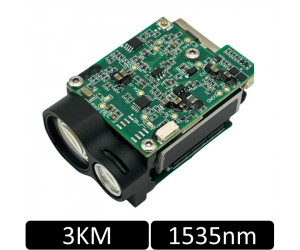
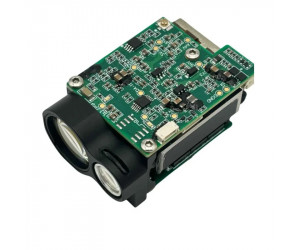
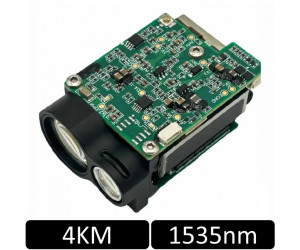
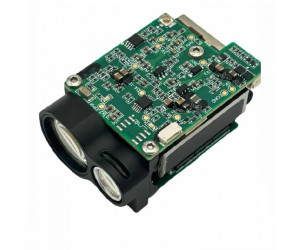
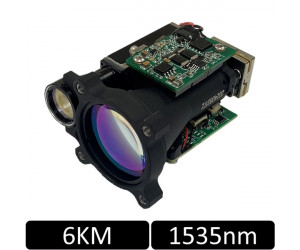
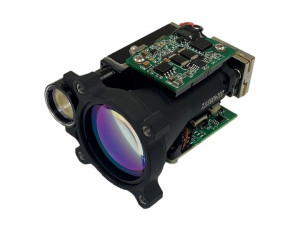
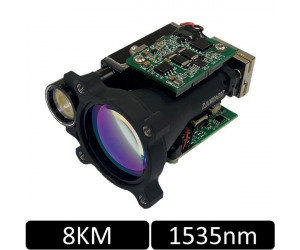
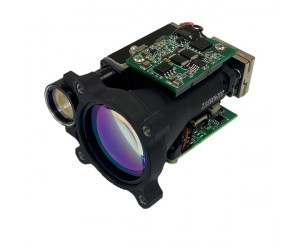
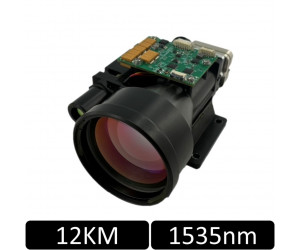
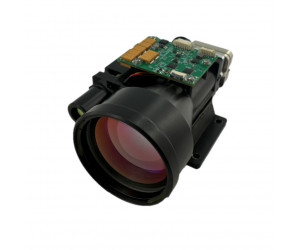
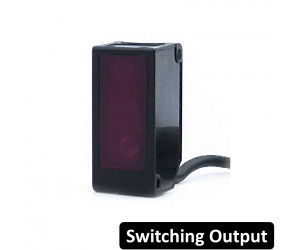
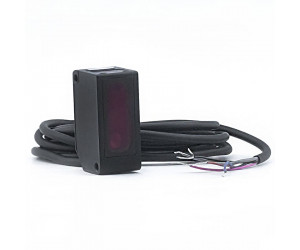
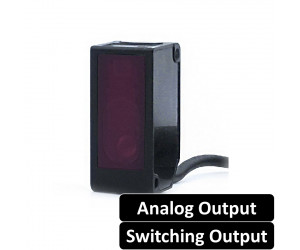

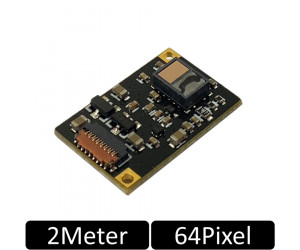
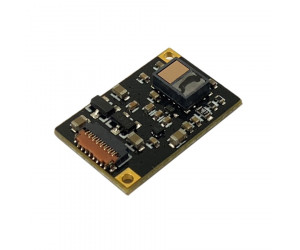
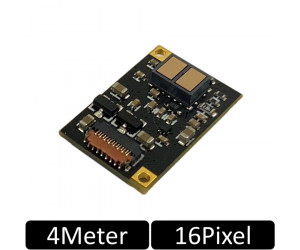
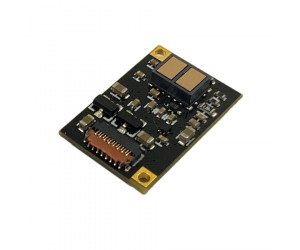
Leave a Comment